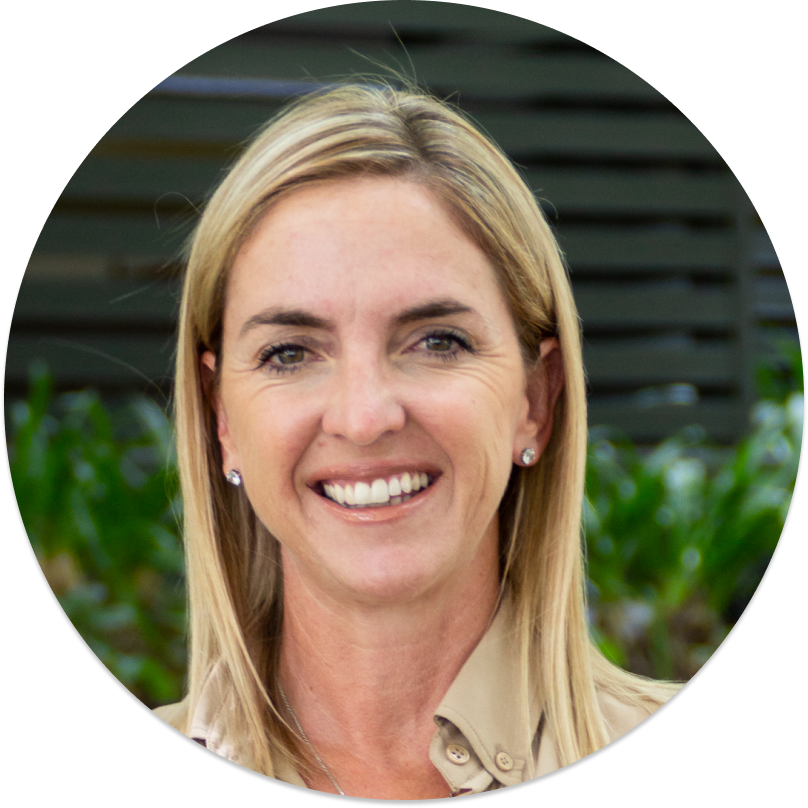
Amanda Barwick
Director of Corporate Affairs
Location: Warialda, NSW
When did you start at the RAI and what is your role responsible for?
I was very privileged to be offered a job in late 2017 as the first Editor-in-Chief of the Regional Australia Institute (RAI). Back then, my role was to raise the profile of the Institute. I am now the Director of Corporate Affairs.
Why did you take on the job?
I distinctly remember the day I received a phone call to see if I was interested in coming to work at the RAI. Looking back now, I was a little rude with my response, as I had three growing boys, was running two regional businesses and working for the Murray Darling Basin Authority in Canberra.
Driving between meetings and trying to get back home to meet the school bus, I recall abruptly saying “Thank you very much, but my dance card is full – appreciate the call.” Just two seconds away from hanging up the phone, the voice on the other end said, “Can you just give me 30 seconds to tell you what we do?”
What he said next, literally stopped me in my tracks. I still remember, to this day, the exact spot on the Gwydir Highway where I pulled my car over to listen.
Having been a regional journalist for many years, my job had been to tell the story of regional Australia. However, despite the issue of the day I was covering - whether it be housing, childcare, education or workforce - I could never find the information I needed to tell the full story, with the data I was looking for. I may have been able to find information about regional NSW, or at best the north-west NSW, but when I wanted to write about Warialda, Tamworth, Armidale, Wagga or Gunnedah, the information wasn’t there at that granular level. And if it was, it wasn’t timely.
To me, back then, the RAI was such a unique organisation – as it is today. One that had purpose that aligned with my own values. One that I knew I wanted to work for. I didn’t want to just tell the story of regional Australia, but I also wanted to make a difference in its future story. Because the issues I wrote about, were also the issues that impacted me on a personal level. So of course, I was thrilled to be offered a role.